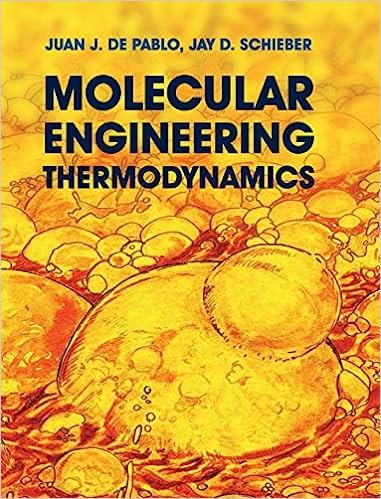Answered step by step
Verified Expert Solution
Question
1 Approved Answer
(a) Consider a rock climber at elevation of 14,000ft(4300m ). At this elevation, Hemoglobin has a P50=28mmHg and a Hill coefficient = 3.2. Calculate the

Step by Step Solution
There are 3 Steps involved in it
Step: 1

Get Instant Access to Expert-Tailored Solutions
See step-by-step solutions with expert insights and AI powered tools for academic success
Step: 2

Step: 3

Ace Your Homework with AI
Get the answers you need in no time with our AI-driven, step-by-step assistance
Get Started


